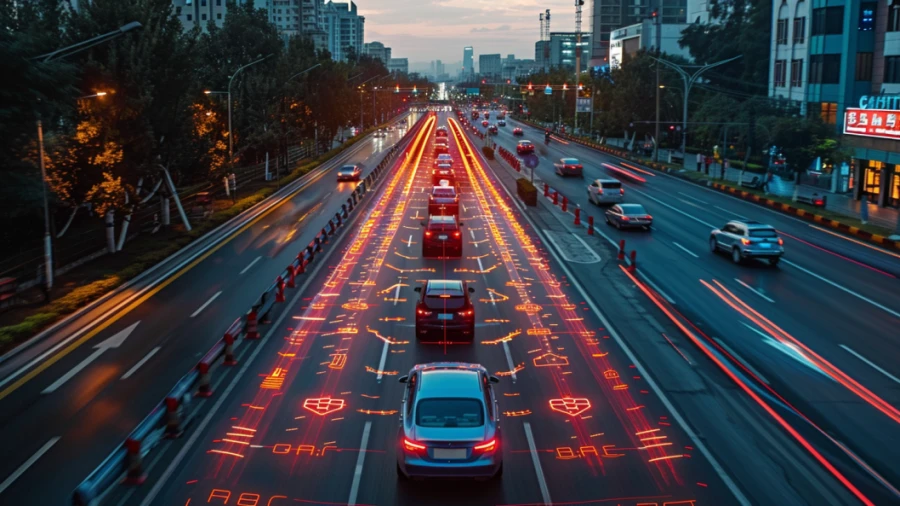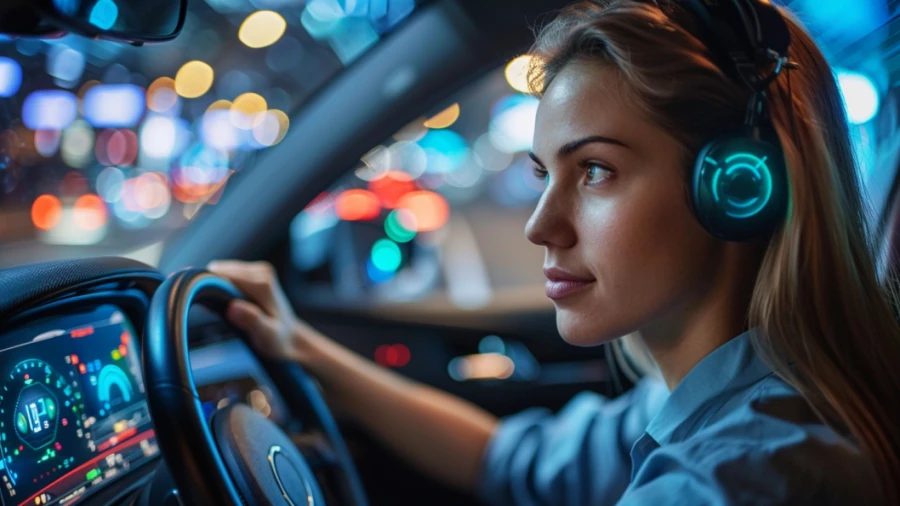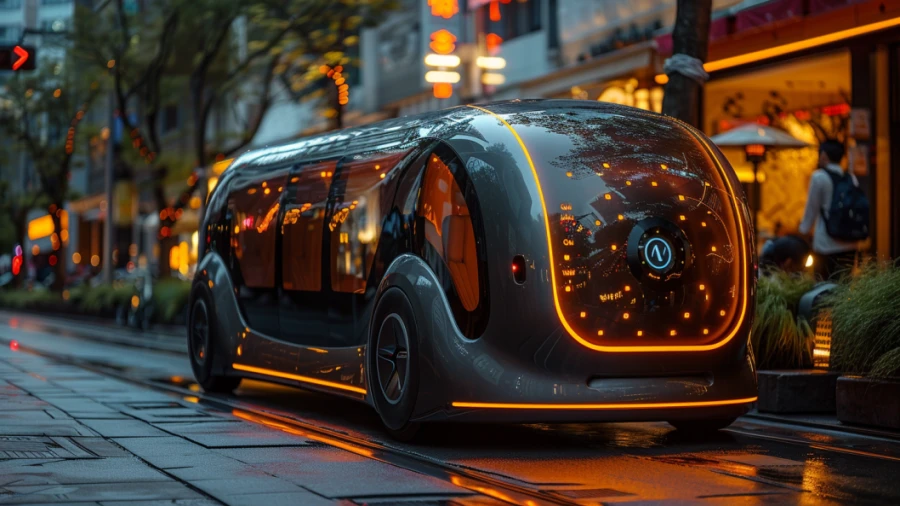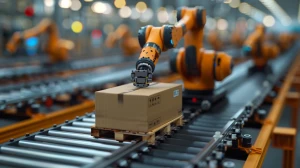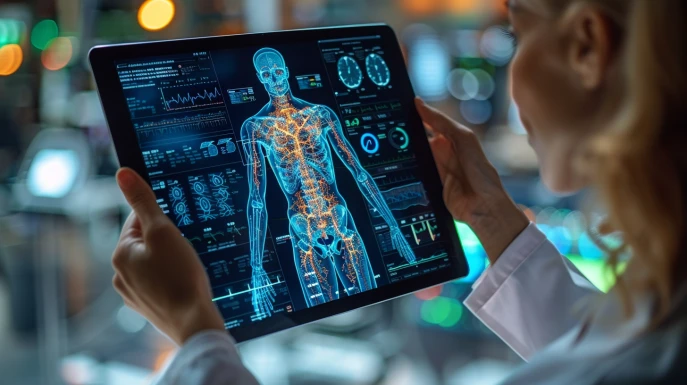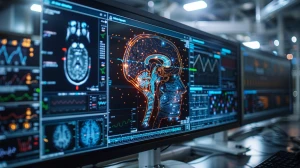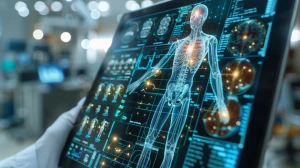
Beyond the Driver’s Seat: How Self-Driving Cars are Redefining the Future of Mobility
Explore the evolution of autonomous vehicles from early prototypes to AI-driven marvels. Discover how self-driving tech is tackling safety, ethics, and sustainability while reshaping transportation as we know it.
by Niranjani
Updated Jan 31, 2025
On This Page
- From Fiction to Function. The Evolution of Autonomous Driving
- Levels of Autonomy. What SAE’s 0-5 Framework Means for Drivers
- AI, Sensors, and Neural Networks. The Brains Behind Autonomous Tech
- Safety vs. Skepticism. Can Autonomous Cars Outperform Human Drivers?
- Beyond Commutes. How Autonomous Tech Will Transform Industries
- Conclusion & Future Roadmap
From Fiction to Function: The Evolution of Autonomous Driving
Trace the journey of self-driving cars from sci-fi fantasies to real-world breakthroughs. Learn about pivotal milestones, from 1920s radio-controlled cars to Tesla’s Autopilot and Waymo’s robotaxis, and the innovators who paved the way.
The concept of autonomous vehicles has captivated imaginations since the 1920s, when engineers experimented with radio-controlled “phantom” cars. Fast-forward to the 2000s, DARPA’s Grand Challenges ignited a race to develop AI-driven prototypes, leading to breakthroughs like Google’s Waymo.
Today, Tesla’s Autopilot and GM’s Super Cruise blend advanced sensors with machine learning, bringing us closer to a driverless future. These innovations reflect decades of trial, error, and relentless ambition—turning what once seemed like Jetsons-era fantasy into a tangible revolution.
Levels of Autonomy: What SAE’s 0-5 Framework Means for Drivers
Break down the Society of Automotive Engineers’ (SAE) autonomy scale—from driver-assisted Level 1 to fully autonomous Level 5. Understand where today’s tech stands and the challenges hindering “hands-off” adoption.
The SAE’s 0-5 autonomy scale demystifies the self-driving spectrum. Level 1 features basic aids like cruise control, while Level 2 (e.g., Tesla’s Autopilot) combines steering and acceleration—but still demands human vigilance. Level 3, as seen in Honda’s Legend, allows conditional autonomy in traffic jams. However, Levels 4-5, which require zero human intervention, remain elusive due to regulatory and technical hurdles. While companies like Waymo test Level 4 taxis in controlled zones, achieving universal Level 5 adoption hinges on solving edge cases like unpredictable weather or chaotic urban environments.
AI, Sensors, and Neural Networks: The Brains Behind Autonomous Tech
Delve into the tech stack powering self-driving cars. Explore how lidar, radar, cameras, and machine learning algorithms work in tandem to perceive environments, predict hazards, and make split-second decisions.
Self-driving cars rely on a symphony of sensors: lidar maps 3D environments with lasers, radar detects speed and distance, and cameras interpret traffic signs. These inputs feed into neural networks trained on petabytes of data to recognize pedestrians, cyclists, and road hazards. Companies like NVIDIA develop AI platforms that process this information in real time, enabling vehicles to “learn” from millions of virtual miles. Yet, challenges persist—like ensuring sensors function flawlessly in blinding snow or heavy rain. Redundancy is key: if one system fails, others step in to keep passengers safe.
Safety vs. Skepticism: Can Autonomous Cars Outperform Human Drivers?
Analyze the safety debate: Can AI reduce accidents caused by human error? Investigate real-world data, ethical dilemmas (like the "trolley problem"), and regulatory efforts to build public trust in autonomous systems.
Human error causes 94% of crashes, according to the NHTSA—a statistic AI aims to slash. Autonomous systems don’t get distracted or drowsy, and they react 10x faster to hazards. Yet, high-profile accidents, like Uber’s 2018 fatality, fuel skepticism. Ethical quandaries, such as programming cars to prioritize passenger vs. pedestrian safety, complicate public acceptance. Regulators are crafting frameworks to standardize testing and liability, while companies invest in simulation tools to train AI on rare “edge cases.” Trust will grow as data proves autonomous tech’s reliability, but transparency about limitations remains critical.
Beyond Commutes: How Autonomous Tech Will Transform Industries
Self-driving tech isn’t just for passenger cars. Discover its ripple effects—from AI-powered freight trucks and delivery drones to smart city integration and mobility-as-a-service (MaaS) models revolutionizing urban planning.
Autonomous tech is reshaping industries beyond personal transport. Trucking giants like TuSimple are deploying self-driving freight vehicles to combat driver shortages and cut logistics costs. Amazon’s Scout drones and Nuro’s delivery bots promise contactless last-mile solutions. Cities like Singapore are integrating autonomous shuttles into public transit, reducing congestion and emissions. Meanwhile, Mobility-as-a-Service (MaaS) platforms could render car ownership obsolete, offering on-demand, AI-managed rides. The ripple effects? Fewer accidents, optimized traffic flow, and a potential 40% drop in urban parking space needs by 2030.
Conclusion & Future Roadmap
The road to full autonomy is winding, but the destination promises safer, cleaner, and more efficient mobility. Emerging innovations—like 5G-enabled vehicle-to-everything (V2X) communication and AI-driven traffic grids—will accelerate adoption. As tech giants and automakers collaborate, expect self-driving cars to transition from novelty to norm, transforming not just how we travel, but how we design cities and live our lives.

